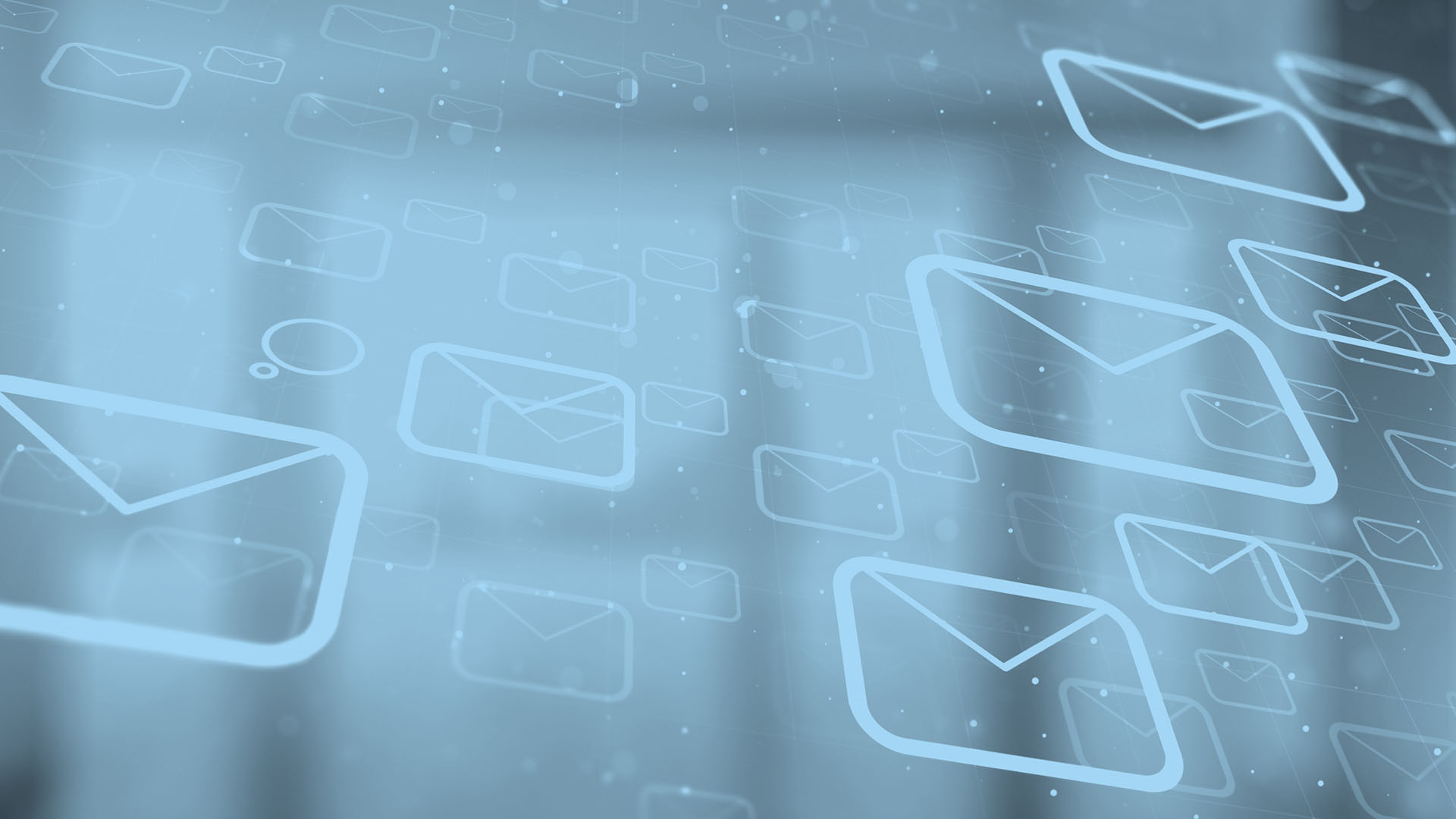
Mastering the art of an email subject line
They said email was dead. Well tell that to my inbox that fills up by the minute with countless emails boasting boring and flat subject lines. There’s no wonder selecting ALL > DELETE is often the first thing on my mind!
It’s difficult to capture the attention of our audience, especially as the average person receives a staggering 121 emails per day. This means your email subject line plays a more important role than ever in determining whether your message will be opened, ignored, marked as spam, or even unsubscribed. Creating an effective subject line requires careful consideration, planning, and strategic thinking.
If you’re ready to start increasing your open rate and engaging better with your audience, here are some of our top tips.
Keep it concise and specific
A well-crafted subject line needs to be concise, with ideally no more than 50 characters. This is to ensure it’s fully visible on different devices and platforms. You’ll need to make sure it conveys the essence of your email content in a clear and specific way.
Vague or misleading subject lines can often lead to frustration and subsequently low open rates (and even increase your unsubscribes). Instead, aim for subject lines that accurately reflect the content that’s in your email.
Tailor it to your audience and personalise
Personalisation can be the key to standing out in a sea of generic emails. Use recipient names if you can, or other relevant information that helps to create a sense of individual attention.
You can even go as far as segmenting your data based on demographics, preferences, or past interactions. This will allow you to tailor subject lines to specific groups and audiences, increasing the relevance and appeal of your emails.
Create a sense of urgency
An effective way to entice your audience to open your email is by incorporating a sense of urgency into your subject line. Phrases like “Limited time offer” or “Last chance” can create the ultimate fear of missing out.
However, we’d recommend using this tactic sparingly and only when it genuinely aligns with your messaging to maintain trust and credibility. You don’t want to overdo it!
Experiment with curiosity
In a crowded inbox, it’s crucial to pique the interest and curiosity of your recipients. Your emails are the perfect way to try different, creative, and intriguing subject lines that compel your audience to click. Ask thought-provoking questions or use compelling language to spark interest.
You’ll need to ensure you strike the right balance between creativity and clarity though, ensuring that what you’re saying remains relevant to the email content.
Test and analyse
Never underestimate the power of testing and analysing. We do it across social media and other digital marketing campaigns, so why not with our subject lines too?
Split testing, or A/B testing, allows you to compare different subject lines to identify the most effective one. You can test a variety of elements such as length, personalisation, wording, tone, and even emoji usage. By analysing these key areas, you can establish which your audience responds to best.
Avoid spam triggers
The last thing you want to do is include something that drops your email straight into someone’s spam. Did you know that certain phrases and punctuation, excessive use of capital letters, or too many exclamation marks can increase your chances of being flagged as spam?
Ignore everything here and do your own thing
Controversial yes, but hear me out. Many of the best newsletters are so good because they go against all norms. Focus on authenticity for you as an individual or your business, and adapt your email communications to match. This will ultimately give you the best chance of success.
Becoming a master of email subject lines takes time and practice. By following our tips, you’ll be able to improve your email open rates and engage with your audience better.
Just like everything in the marketing world, continuously testing and refining your subject lines can help you to keep up with the ever-changing email preferences. With the right email hook, your content can cut through the noise and leave a lasting impression on your audience.






